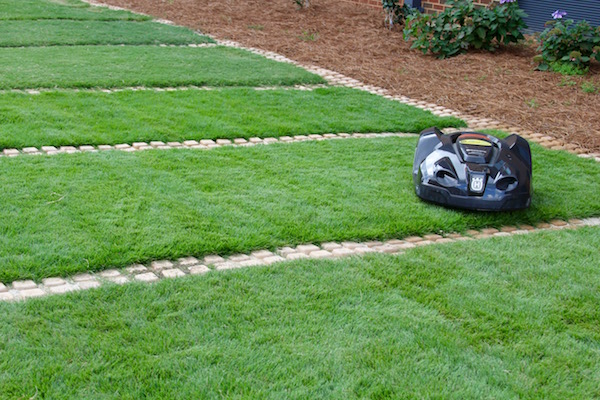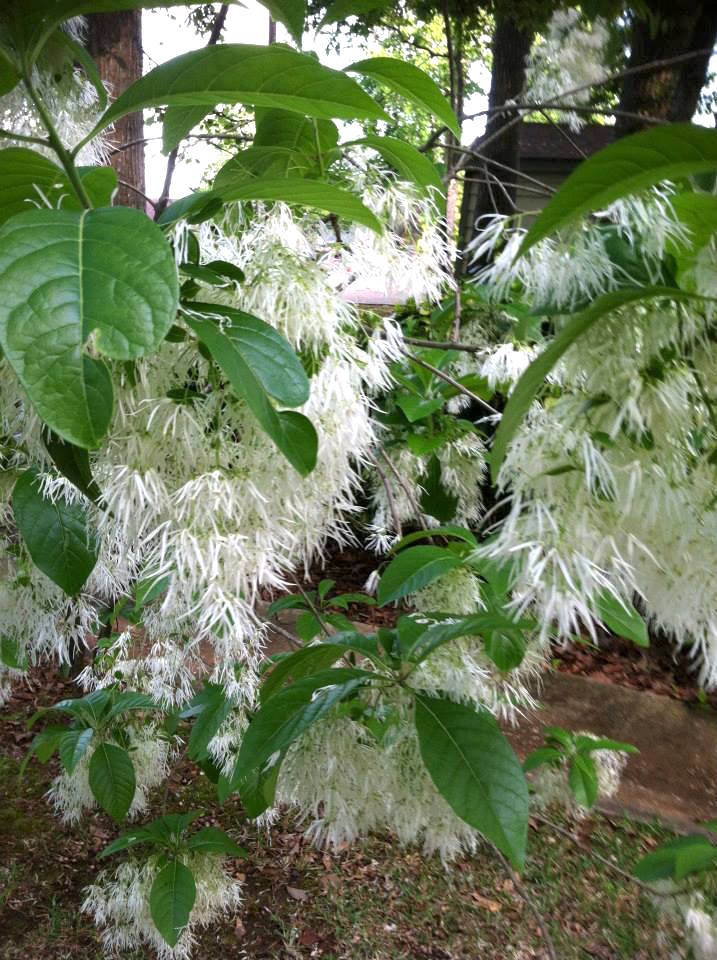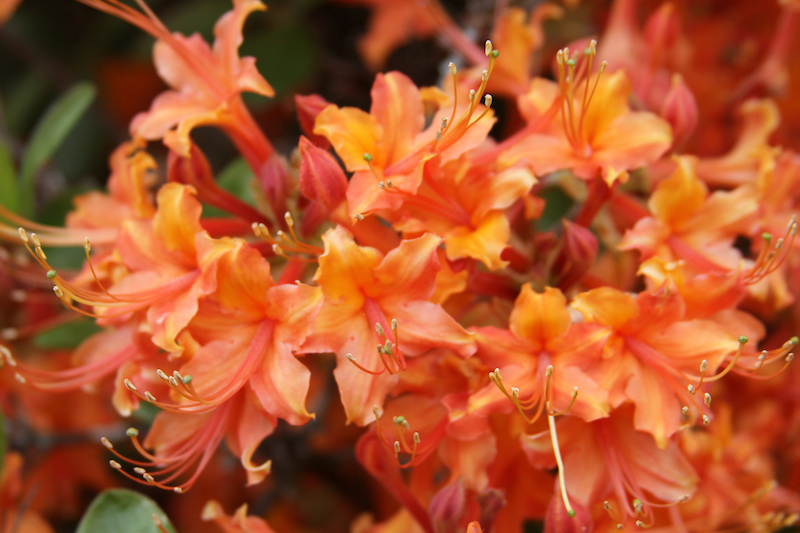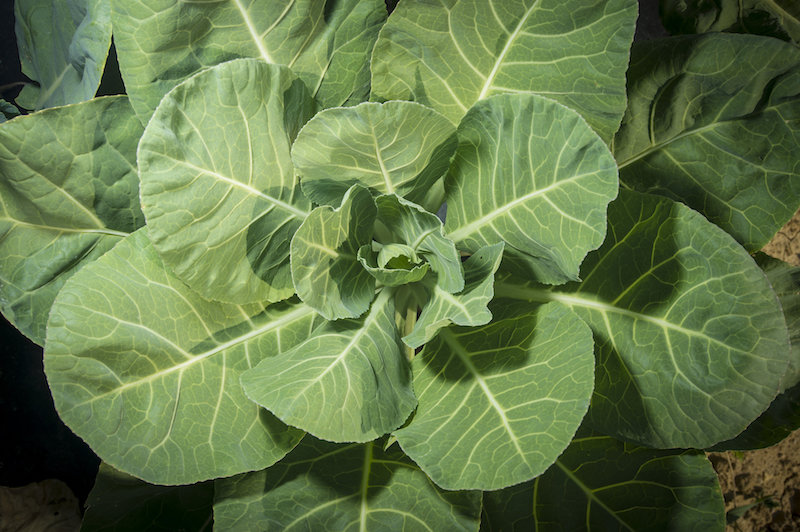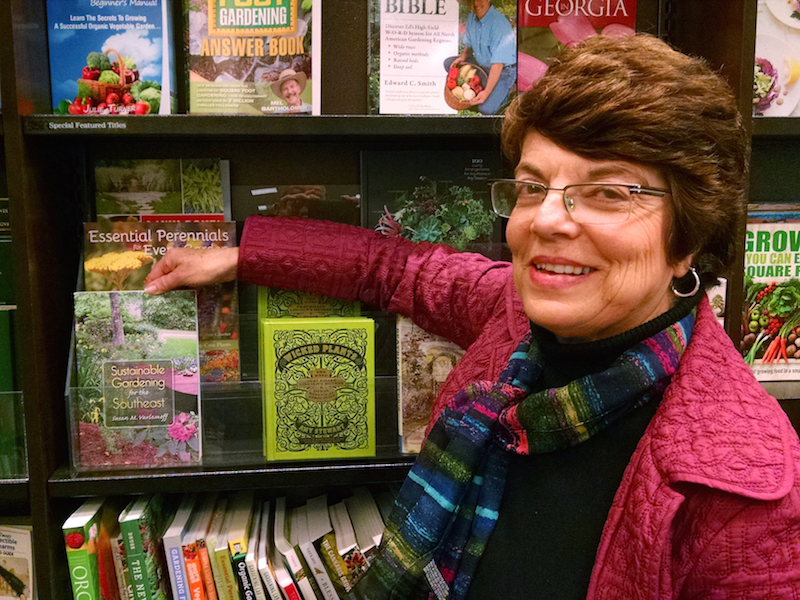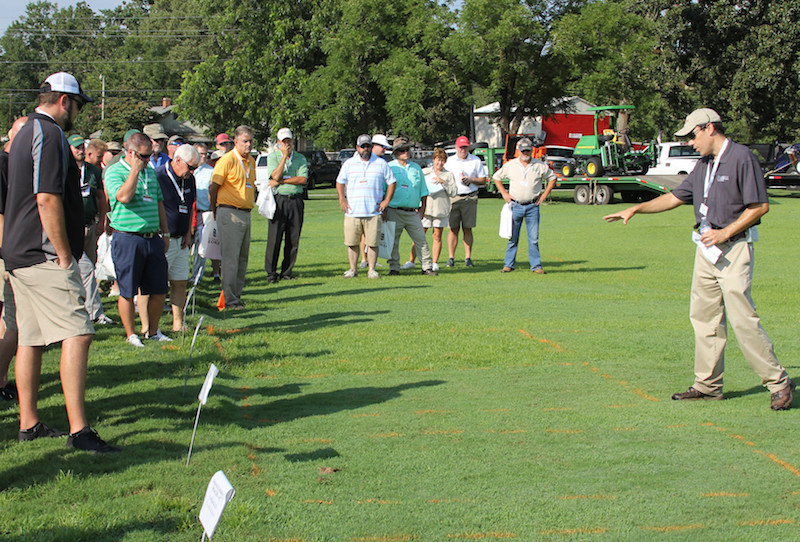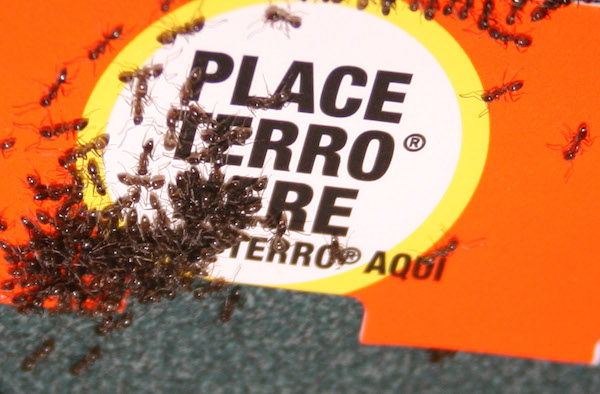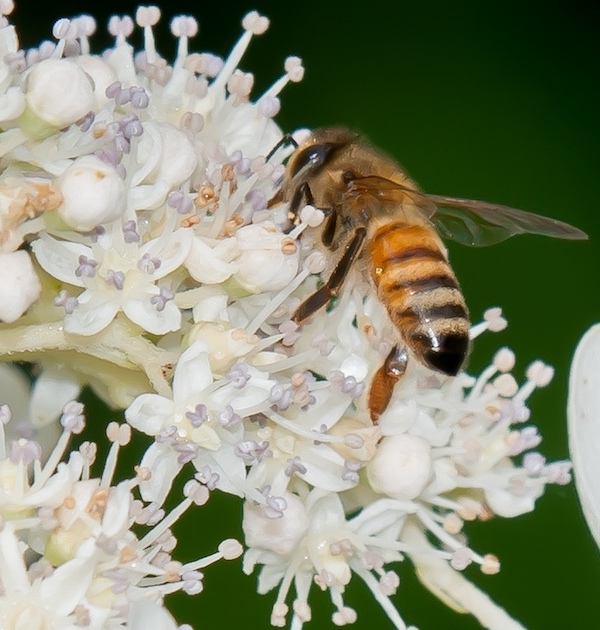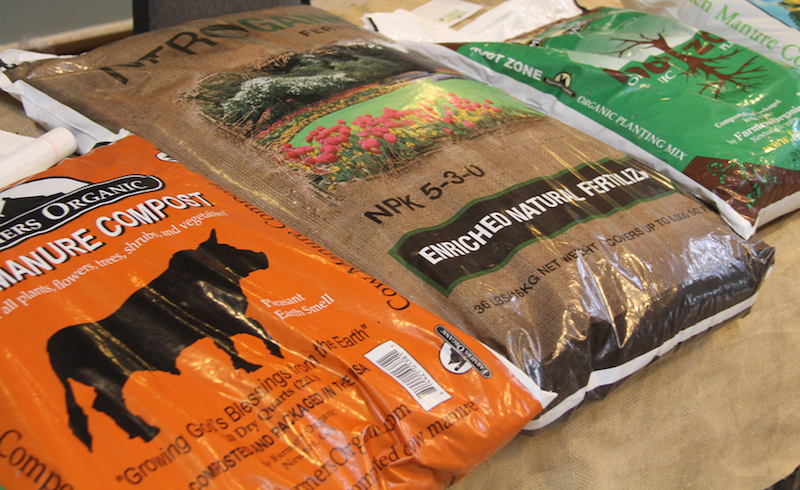 CAES News
CAES News
Soil Mixes
Soil tests, provided by University of Georgia Cooperative Extension, give gardeners the recipes for successful gardens. Soil amendments, like river sand, mushroom compost, horse manure, coffee grounds, chicken litter and wood ash, can give the soil a much-needed nutrient boost.

